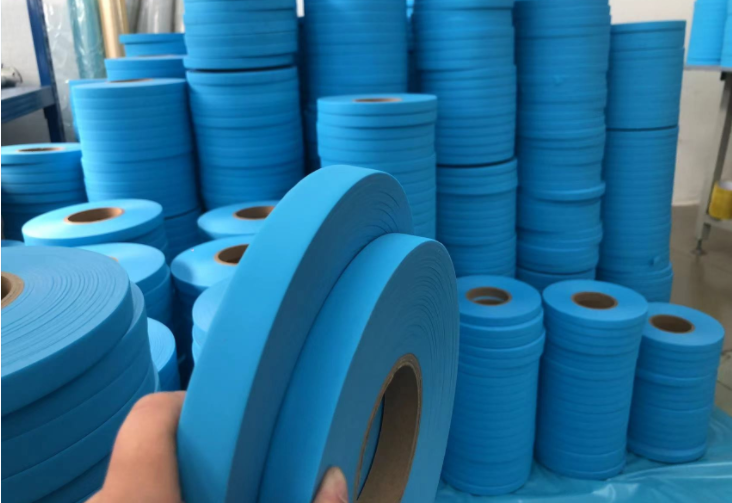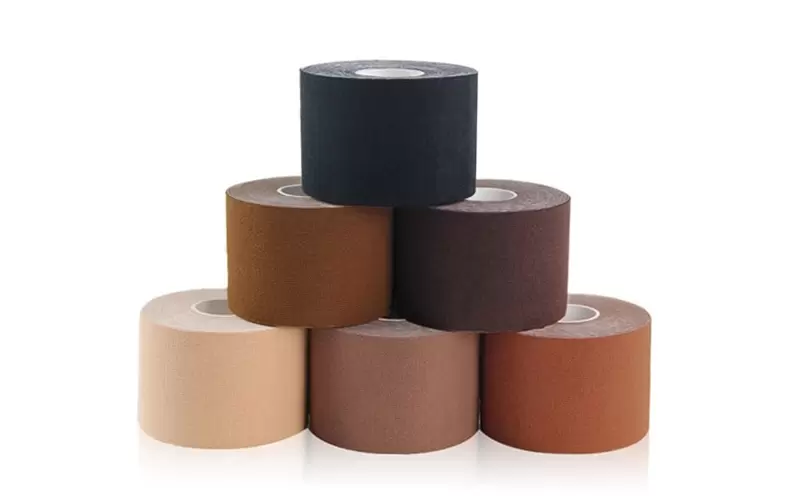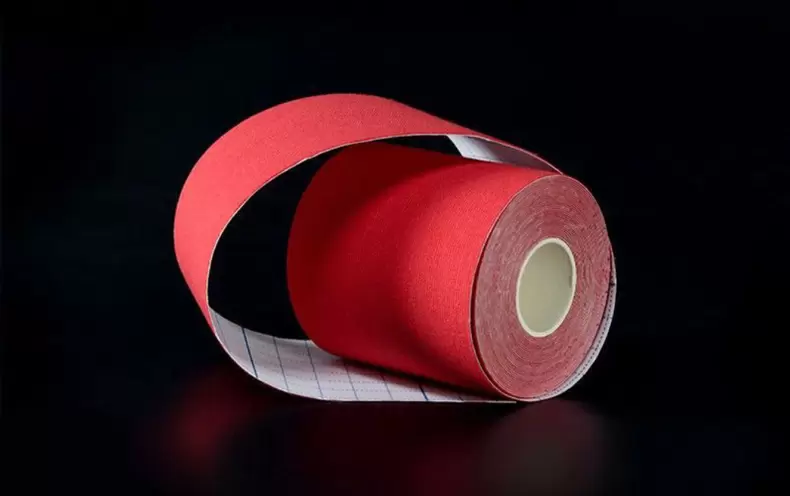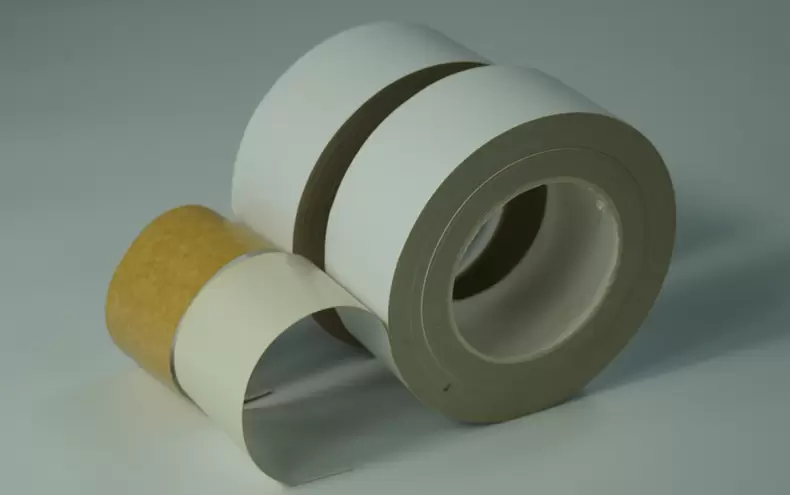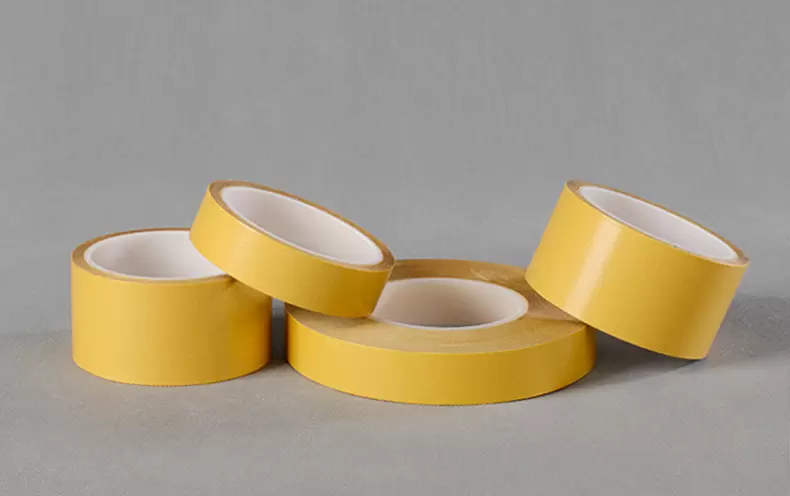The fiber mesh double-sided adhesive is a versatile adhesive tool that can be used in a variety of scenarios. It combines strong double-sided adhesive with a durable fiber mesh to provide users with a reliable adhesive solution.
Sports Medical Tape: A Magical Assistant for Improving Athletic Performance and Rehabilitation
Sports medical tape, also known as kinesiology tape, has been gaining prominence in the sports world in recent years. It's more than just a decorative piece of tape; it's a powerful tool designed to enhance athletic performance, prevent injuries, and facilitate recovery. This article will delve into the principles, applications, and effects of kinesiology tape, as well as its future prospects in sports medicine.
1. Basic Principles of Tape
The fundamental principles of kinesiology tape are based on the physiology of muscles, joints, and the nervous system. Applied to the skin, its unique elasticity and adhesion create microtactile stimulation, which in turn affects deeper muscles, joints, and nerves. This microstimulation helps improve blood circulation, regulate muscle tone, and reduce joint burden, thereby improving athletic performance and alleviating sports-related pain.
2. Applications of Tape
2.1 Performance Enhancement
By precisely applying sports tape, athletes can adjust muscle tone and improve coordination. This significantly improves athletic performance, especially in sports that require high explosive power and flexibility, such as track and field, basketball, and swimming.
2.2 Sports Injury Prevention
The elasticity and supportive properties of tape make it an ideal tool for preventing sports injuries. Proper application can provide joint stability, reduce muscle fatigue, and thus reduce the risk of sports injuries. This is particularly important in high-risk sports such as football and rugby.
2.3 Rehabilitation Aid
Sports tape also plays a positive role in post-exercise recovery. It promotes local blood circulation, accelerates waste removal, and aids in muscle repair and joint recovery. During the rehabilitation period, proper and effective tape application can enhance recovery and reduce discomfort.
3. Correct Tape Application
Proper tape application is crucial to ensuring its effectiveness. First, the application area must be thoroughly cleaned to ensure it is free of grease and dirt. Second, the muscles and joints must be properly stretched during application to ensure the tape can fully function. Finally, the tape tension and application direction should be adjusted based on the specific situation and purpose, which usually requires the guidance of a medical professional.
4. Development Trends in Tape Application
As a sports medicine auxiliary tool, sports medical tape continues to achieve breakthroughs in research and technology. In the future, with the continuous advancement of biomedical engineering and materials science, it is foreseeable that tape materials will become thinner, more breathable, and more precise during application. This will further expand the application areas of sports medical tape, making it a vital tool in sports medicine.
Conclusion
Sports medical tape, with its simple yet effective mechanism, has gradually become the preferred choice for athletes and rehabilitation patients. Its wide range of applications and remarkable results have garnered considerable attention. However, it's important to note that tape isn't a panacea, and its use still requires the guidance of professional medical personnel. In the future, with the continuous advancement of technology, sports medical tape will undoubtedly play an even more important role in sports medicine, bringing even more surprises to people's health and athletic performance.
